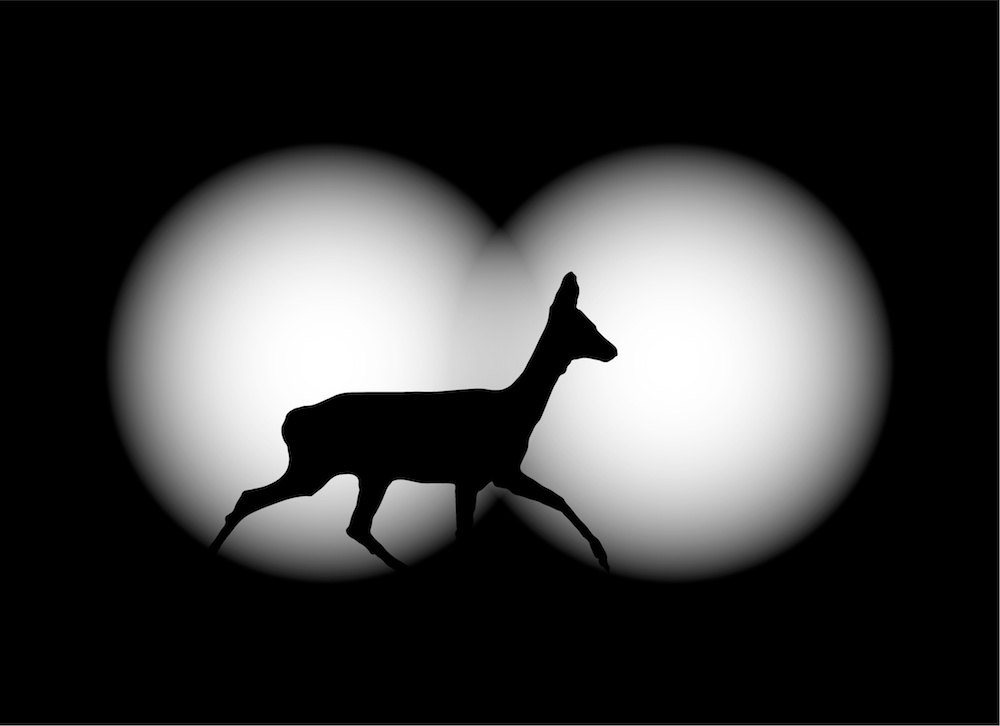We’re away until January 4, but we’re reposting some of our favorite pieces from 2020. Enjoy your holiday!
The deer drift in and out of the trees like breathing. They appear unexpectedly delicate and cold, as if chill air is pouring from them to the ground to pool into the mist that half obscures their legs and turning flanks. They aren’t tame: I can’t get closer than a hundred yards before they slip into the gloom. I’ve been told these particular beasts are fallow deer of the menil variety, which means their usual darker tones have been leached by genetics to soft cuttlefish and ivory, and they’re the descendants of a herd brought here in the sixteenth century as beasts of venery, creatures to be pursued and caught and cooked. The look of the estate hasn’t changed much since then. It’s still an extensive patchwork of pasture and forest—except now the M25 runs through it, six lanes of fast-moving traffic behind chain-link fence threaded with stripling trees. The mist thickens, the light falls, the deer appear and disappear, and the deep roar of the motorway burns inside my chest as I walk on to the bridge that spans it. This bridge is grassed along its length, and at dusk and dawn, I’ve been told, the deer use it as a thoroughfare from one side of the estate to the other. I know my presence will dissuade them from crossing so I don’t want to stay too long, but I linger a little while to watch the torrent of lights beneath me. For a while the road doesn’t seem real. Then it does, almost violently so, and at that moment the bridge and the woods behind me do not. I can’t hold both in the same world at once. Deer and forest, mist, speed, a drift of wet leaves, white noise, scrap-metal trucks, a convoy of eighteen-wheelers, beads of water on the toes of my boots, and the scald of my hands on the cold metal rail.
from The Paris Review https://ift.tt/34KZ1vY

Comments
Post a Comment